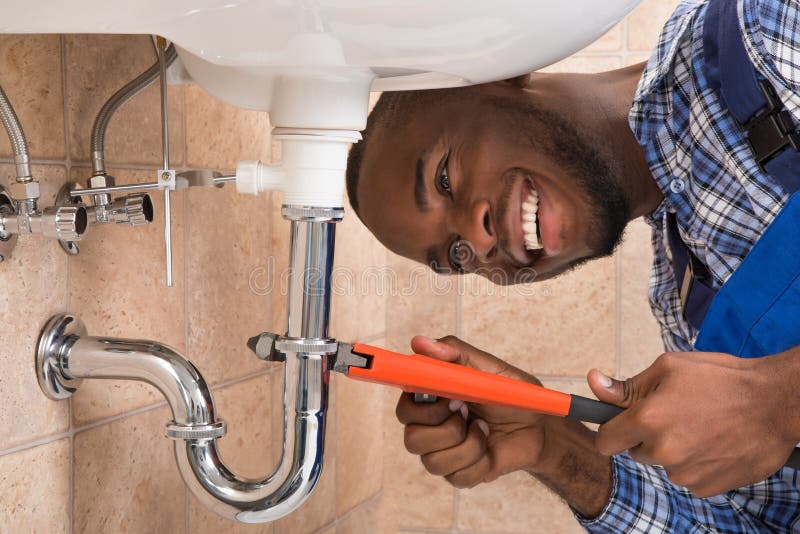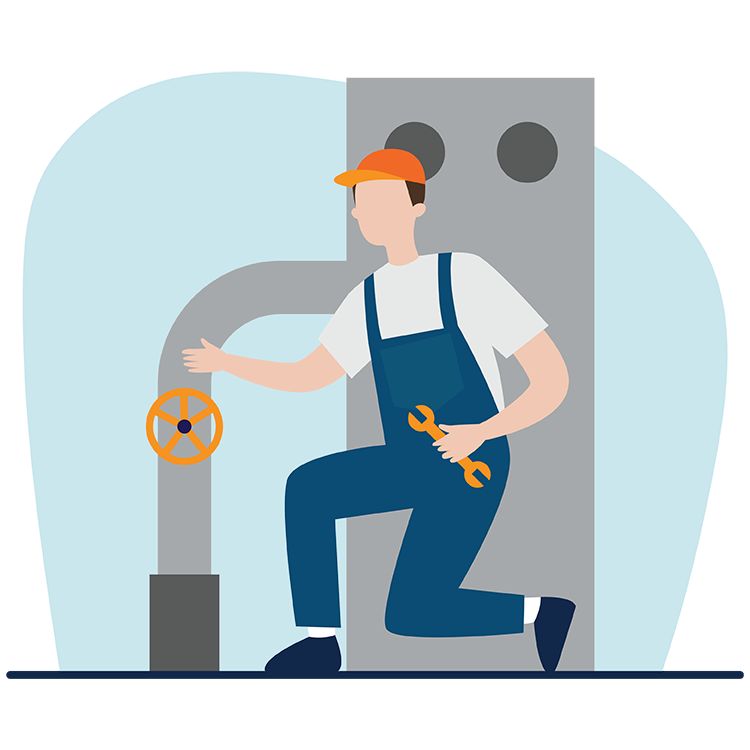Important Plumbing Alabaster AL Tips for Homeowners
Important Plumbing Alabaster AL Tips for Homeowners
Blog Article
A Step-by-Step Overview to Efficient Hot Water Heater Setup for Ideal Performance
Getting started on the task of installing a hot water heater is an endeavor that requires precision and a methodical technique for attaining optimal performance. The procedure begins with the vital choice of choosing the suitable heater tailored to the specific demands of your family, taking into consideration elements such as power, dimension, and kind resource. As soon as selected, preparing the installment area to meet safety standards is extremely important. The journey does not finish here. As you proceed, the intricacies of connecting water lines and setting up trustworthy electric or gas links wait for, appealing understandings right into guaranteeing efficiency and reliability.
Choosing the Right Water Heater

Next, think about the dimension and capability of the water heating unit. It's vital to analyze your home's warm water requirements, which can vary based on the variety of passengers and their usage patterns. A system that's as well small may bring about inadequate warm water, while a large model might cause unneeded energy usage.
Effectiveness scores also play a critical duty in option. Look for water heaters with high Energy Variable (EF) ratings, indicating premium performance and lowered energy use. Tankless versions, though normally a lot more pricey upfront, offer significant power savings in time due to their on-demand home heating abilities.
Preparing the Installation Area
Before installing a new water heater, meticulous preparation of the installation area is essential. This makes sure a smooth installation procedure and aids stop future difficulties (Plumber Alabaster AL). Begin by picking an ideal area that adheres to neighborhood building ordinance and safety and security requirements. The location should be completely dry, well-ventilated, and obtainable for maintenance. It's critical to gauge the area carefully to accommodate the hot water heater's dimensions, making sure ample clearance around the device for reliable procedure and maintenance.
Following, remove any type of debris, dust, or blockages from the site to create a tidy setting. Examine the floor for stability, as the water heating system will certainly need a solid, degree surface area to operate properly. If needed, mount a drip pan underneath the unit to capture possible leakages or spills, stopping water damage to the surrounding area. In regions susceptible to seismic activity, take into consideration mounting seismic straps to protect the heating system securely in position.
In addition, ensure that all essential devices and products get on hand before commencing the installment. This includes items such as wrenches, screwdrivers, a level, and any extra equipment required for placing and protecting the heater. A well-prepared setup location sets the structure for a successful hot water heater configuration, maximizing performance and security.
Connecting Water Supply Lines
When connecting water lines to your freshly mounted hot water heater, it is essential to make certain that all links are leak-free and safe and secure to preserve reliable operation and prevent water damages. Begin by recognizing the hot and cool water system lines. The cold water inlet is normally marked with a blue tag or a "C", while the hot water electrical outlet is marked with a red tag or an "H".
Use flexible water heating system adapters to promote a less complicated setup procedure. Before attaching the adapters, position a plumbing professional's tape around the threaded ends of the water heating unit's inlet and outlet pipes.
Once links remain in location, slowly activate the primary water supply shutoff. Evaluate each link for leaks by aesthetically really feeling and checking for moisture. Tighten links as required, and guarantee the pressure relief shutoff is appropriately set up, securing against excessive pressure build-up.
Establishing Up Electric or Gas Links
Appropriately establishing the electrical or gas connections for your water heating unit is a crucial step to ensure efficient and risk-free procedure. For electrical hot water heater, start by validating that the electrical circuit works with the heater's voltage and amperage demands. Guarantee the power supply is transformed off at the breaker to stop crashes. Link the electrical cables to the heater adhering to the supplier's electrical her response wiring diagram. Typically, this entails attaching the ground wire to the green terminal, and the continuing to be cords to their corresponding terminals, securing each with wire nuts.
For gas water heating units, safety and security is paramount. Confirm that the gas supply is off before proceeding. Connect the gas line to the hot water heater using an adaptable gas adapter, ensuring it is properly threaded and sealed with pipeline joint substance or Teflon tape suitable for gas links. Tighten up the links with a wrench, taking treatment not to over-tighten (Water Heater installation Alabaster AL).
Once connections are made, examine for any kind of potential leakages. For gas lines, use a soapy water remedy to the joints; bubbles indicate a leakage. For electric links, verify that all wiring is secure and correctly insulated, maintaining conformity with neighborhood electric codes.
Evaluating and Readjusting for Effectiveness
With the electric and gas connections safely in position, the following action is examining the operational effectiveness of your hot water heater. Begin by meticulously turning he said on the supply of water and making certain there are no leakages at any of the valves or joints. When validated, continue to fill up the tank, paying attention to the stress and temperature setups. It is a good idea to set the thermostat to an advised temperature of around 120 ° F(49 ° C) to balance energy performance and convenience.
Next, execute a detailed assessment to guarantee the home heating elements or burner are functioning properly. For electrical heating units, use a multimeter to validate if the aspects are drawing the appropriate existing. In gas versions, observe the heater fire; it must be consistent and blue, indicating effective combustion.
Readjust the setups as essential to get rid of inadequacies. Consider executing insulation procedures, such as including a hot water heater blanket, to further boost performance by lessening heat loss. Additionally, inspect the anode rod's condition, as a worn-out pole can decrease effectiveness and bring about storage tank rust.
Final Thought
Effective water heater setup is essential for ensuring optimum performance and energy savings. By picking the ideal type and dimension, and meticulously preparing the installation area, a structure for success is developed. Firmly attaching water supply lines and thoroughly setting up electric or gas links lessen possible problems. Comprehensive screening for leaks and accurate thermostat modifications to 120 ° F enhance reliability and performance. Sticking to these steps promotes long-lasting capability and power preservation in property water heater.

Properly establishing up the electric or gas links for your water heating system is a critical action to ensure risk-free and reliable procedure. For electric water heating units, start by confirming website here that the electrical circuit is compatible with the heating system's voltage and amperage demands. Link the gas line to the water heating system using a versatile gas port, guaranteeing it is correctly threaded and secured with pipeline joint compound or Teflon tape suitable for gas connections.
Report this page